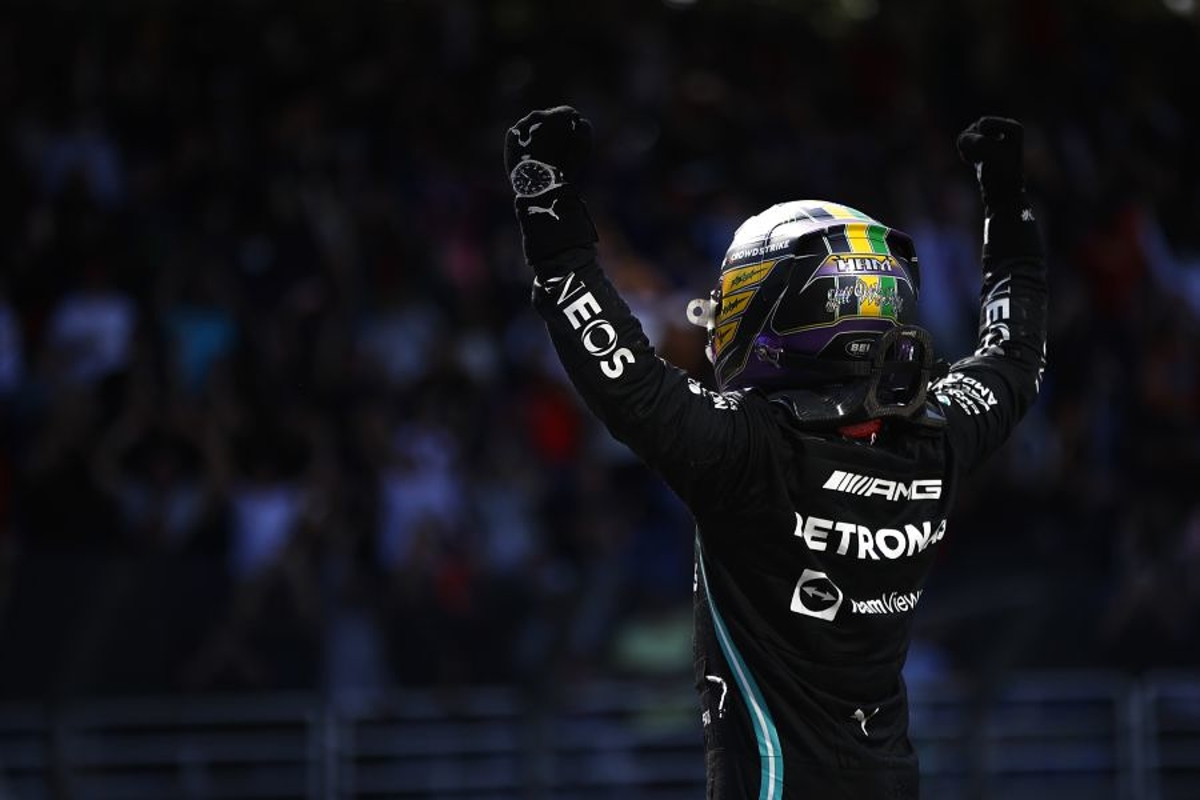
Latest News

Latest F1 News
Max Verstappen believes HALF of F1 teams would be disqualified with rule change
- 20 minutes ago

F1 News Today
F1 News Today: Max Verstappen delivers warning as Red Bull star 'in talks' over shock transfer
- 45 minutes ago

F1 Legends
Schumacher reveals all-time F1 driver pairing
- 1 hour ago

Flavio Briatore claims F1 star should have won EIGHT world titles
- 2 hours ago

Max Verstappen
Multi-year deal confirmed for Max Verstappen and Mercedes
- 3 hours ago

McLaren
Lando Norris reveals he is not allowed to keep F1 trophies
- Today 08:13
Most read

30.000+ views
Lewis Hamilton private chat confirms retirement decision
- 13 december

30.000+ views
Max Verstappen will leave Red Bull as part of exodus
- 12 december

15.000+ views
F1 Penalty Points 2025: Star nears race BAN after Abu Dhabi GP
- 9 december

10.000+ views
Lewis Hamilton fine could now be handed to Max Verstappen after FIA gala absence
- 12 december

10.000+ views
F1 News Today: Lewis Hamilton replacement 'chosen' as Ferrari boss hints at reshuffle
- 21 december

7.500+ views
F1 News Today: Lando Norris in title tears as FIA investigation pivotal in penalty for racing star
- 9 december


























 Grand Prix of Australia 2025
Grand Prix of Australia 2025  Grand Prix of China 2025
Grand Prix of China 2025  Grand Prix of Japan 2025
Grand Prix of Japan 2025  Grand Prix of Bahrain 2025
Grand Prix of Bahrain 2025  Saudi Arabian Grand Prix 2025
Saudi Arabian Grand Prix 2025  Grand Prix De Monaco 2025
Grand Prix De Monaco 2025  Gran Premio de Barcelona-Catalunya 2025
Gran Premio de Barcelona-Catalunya 2025  Grand Prix du Canada 2025
Grand Prix du Canada 2025  Grand Prix of Austria 2025
Grand Prix of Austria 2025  Grand Prix of Belgium 2025
Grand Prix of Belgium 2025  Grand Prix of Hungary 2025
Grand Prix of Hungary 2025  Grand Prix of Azerbaijan 2025
Grand Prix of Azerbaijan 2025  Grand Prix of Singapore 2025
Grand Prix of Singapore 2025  Gran Premio de la Ciudad de Mexico 2025
Gran Premio de la Ciudad de Mexico 2025  Grande Prêmio de São Paulo 2025
Grande Prêmio de São Paulo 2025  Qatar Grand Prix 2025
Qatar Grand Prix 2025  Grand Prix of Abu Dhabi 2025
Grand Prix of Abu Dhabi 2025 